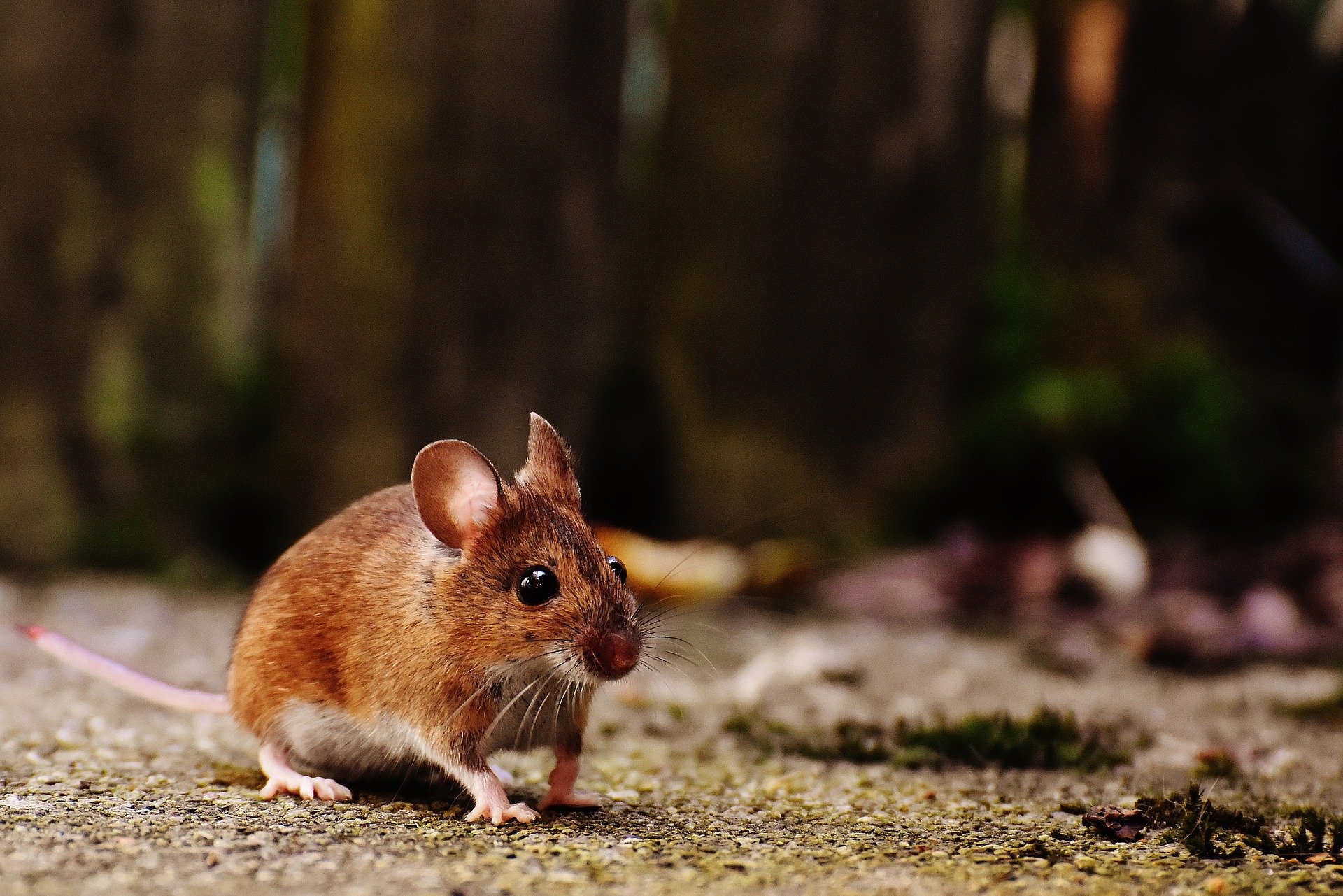Mouse Trap Baits Dos and Donts
Mousetraps stand out as the go-to means in capturing mice roaming and nesting in homes. What makes a mouse trap potent and effective is not only in its design but in the baits used to lure the creatures in. Failure in using the bait properly could render the trap useless.
Make sure that the bait works well. While knowing the type of bait that you pick has to be irresistible to the mice, it also boils down on how you handle it.
Let us look at some pointers on how you can make mouse trap baits effective.
1. Don’t Handle Baits Without Gloves
When putting bait in the mousetrap, remember to wear gloves. Handling them barehanded would cause you to ruin the bait. This renders both the bait and the trap useless.
When you handle food items bare-handed, you also leave behind your scent. This will cause the mice to be wary when they try to get the foodstuff in the trap. They will stay away from it, being wary of your presence.
To avoid that debacle, remember to wear gloves. This ensures that the bait draws the mouse in without any missed opportunity.
2. Don’t Touch Other Animals When Setting Traps
Whether you handle the bait or the trap as a whole, you have to make sure that you don’t touch other animals. Just like the principle earlier with setting the bait with gloves, you don’t want to have other scents mingling into the trap.
Instead, make sure to avoid handling other animals when you set the traps up. This should help in increasing your chances of catching these pesky critters scurrying in your home. For the time being, resist the urge to cuddle your pets.
3. Get Rid of Other Food Sources
When you set the trap, do not give the mice options. Keep the area clean and eliminate any potential food source in the area. This encourages the mice to go towards the trap. When they can find no alternatives, they will go for the one in the trap.
Make sure to put items such as cereal and other food items in sealed containers. Make sure it is something a mouse could not gnaw and breach through. Keep areas clean of debris as well.
With fewer distractions, they will have no choice but to go to the mousetrap.
4. Use a Small Amount of Bait
The common mistake with bait is that people tend to put too much into the trap. This results with the mouse being able to get what they need and the trap not springing into action as intended.
When you put the bait in the trap, make sure that it is a small amount. The best would be close to pea-sized. This allows you to still have enough to draw the mouse in while not having too much for them to get away with it.
With a small bait, you can be sure that the mouse comes for it and the trap closes behind them. Not pesky at all when that happens.
5. Change Out Baits Every Now and Then
When left out too long, the bait can lose its palatability. It means that after a certain period of time, they don’t become as appealing as before. You may end up attracting insects instead of mice.
To avoid this sort of problem, consider changing out your baits after a while. Mice can be pretty crafty and intelligent, but they cannot resist peanut butter and nuts. As long as you have a fresh batch of bait that they easily gravitate to, you can ensure your trap still gets to catch them.
6. Check Your Traps Every Now and Then
Not only does this work in changing out your baits, but this helps you in finding out if your traps caught any mice. This is a necessary step if you are the type that uses glue traps or bait packs. What you are trying to avoid here is for mice to die and leave a stench of death behind.
With this sort of problem, it does more than affect you with the odor. It also becomes a warning signal to other mice, causing them to leave that area alone and go to a different route instead. This can be a hassle when you plan to set up another trap.
Make sure to check on your traps regularly, replacing baits with fresh ones, and also be careful with handling the other trap types (such as glue traps).
Check your traps as well if you use snap traps. This allows you to clear them out and have them ready for another batch of mice. Snap traps and glue traps get out of commission when a mouse gets caught in them.
7. Choose the Right Bait
One misconception that goes around with trapping mice is in using cheese as bait. This does not always work, contrary to what television makes you believe. What mice would go for are food items like peanut butter, seeds, chocolate, and nuts. You can also use meat as bait, such as a piece of bacon, or even dog or cat food. MrMouseTrapper.com shows a larger list of mouse trap baits you can use to catch mice.
A Good Bait Makes A Trap Effective
When you use the right type of bait, you can lure in mice and be able to stop the troubles they cause you. Making sure that you handle the bait properly also maintains the trap’s effectiveness. Keep both the trap and bait in great condition and you should be able to address the mouse problem with relative ease.
Get your mouse traps today and load them with the right bait. As long as you have enough traps in place, you will be able to catch the mice that scurry and linger in your home. Have a whole arsenal of traps ready and go all out.
If it gets too tough, you can also call for pest control to help you with eliminating mice infestation. They also have the proper equipment and better methods to eliminate the mouse problem.
Read more: https://viralviralvideos.com/2020/02/05/mouse-trap-baits-dos-and-donts/



